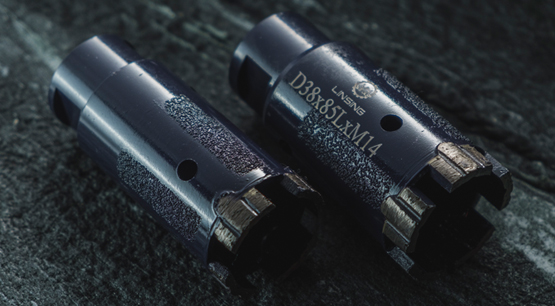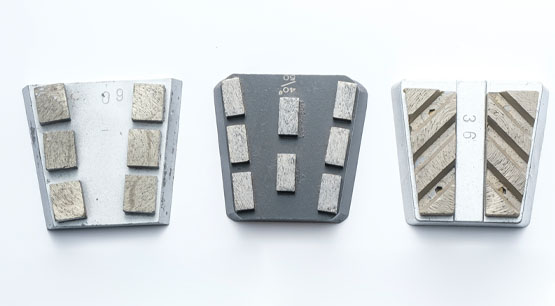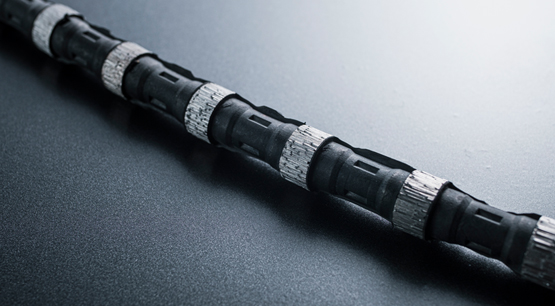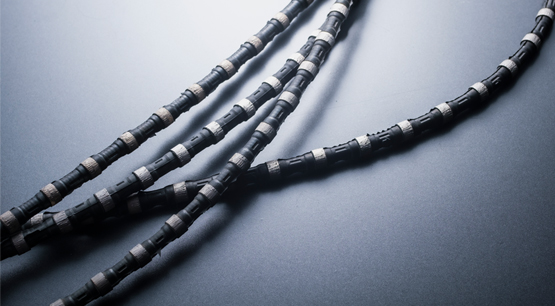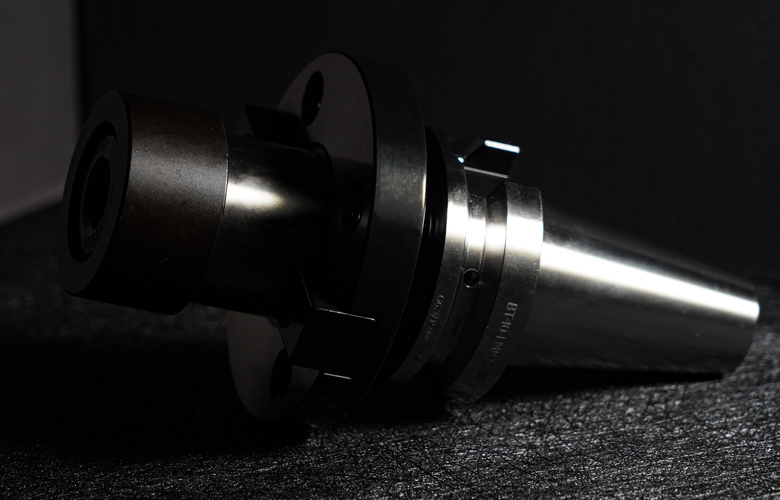I. Types of Diamond Wire Saws
Diamond wire saws come in various types, each designed for specific applications. The cost can vary significantly based on the type and its intended use.
1. Stationary Wire Saws
- Description: These are large, stationary machines used primarily in the stone and construction industry for cutting large blocks of stone or concrete.
- Cost: High due to their size, complexity, and the need for a robust diamond wire. Prices can range from $50,000 to over $500,000 depending on the machine's capabilities and the quality of the wire.
2. Portable Wire Saws
- Description: These are smaller, mobile units that can be transported to job sites. They are commonly used for cutting concrete structures, metal pipes, and other materials on-site.
- Cost: Typically less expensive than stationary wire saws, with prices ranging from $5,000 to $50,000.
3. Rope Wire Saws
- Description: These are often used in mining operations for cutting through rock or in demolition work to cut large structures.
- Cost: Can vary widely depending on the application and the length and quality of the wire. Prices range from $1,000 to $30,000 or more.
II. Materials Used
The materials used in the construction of diamond wire saws significantly impact their cost. The main materials include the diamond beads, the wire core, and the bonding materials.
1. Diamond Beads
- Quality: Higher quality synthetic diamonds or natural diamonds increase the cost. Synthetic diamonds are often used due to their uniformity and cost-effectiveness.
- Density: The concentration of diamond beads per meter of wire affects durability and cutting efficiency, thus impacting cost.
- Price Range: The cost of diamond beads can range from $10 to $100 per meter depending on quality and density.
2. Wire Core
- Materials: High-strength steel or other metal alloys are used to make the core. The core must withstand high tension and wear.
- Quality: Higher quality wire cores are more expensive but offer greater durability and reliability.
- Price Range: Wire core costs can range from $5 to $50 per meter depending on the material and quality.
3. Bonding Materials
- Types: Metal bonds, resin bonds, and electroplated bonds are used to attach the diamond beads to the wire core.
- Quality: The type and quality of bonding materials affect the performance and lifespan of the wire saw.
- Price Range: The cost of bonding materials can range from $2 to $20 per meter.
III. Manufacturing Process
The manufacturing process of diamond wire saws involves several stages, each contributing to the overall cost.
1. Diamond Bead Production
- Sintering: This process involves fusing diamond particles with a metal matrix under high temperature and pressure.
- Electroplating: A process where diamond particles are coated onto the wire core using an electric current.
- Cost: The complexity and precision required in these processes affect the cost, ranging from $5 to $50 per meter.
2. Wire Assembly
- Threading: Diamond beads are threaded onto the wire core.
- Spacing: Beads are spaced at specific intervals to optimize cutting performance.
- Cost: Assembly costs can add another $5 to $20 per meter to the overall price.
3. Quality Control
- Inspection: Each wire saw undergoes rigorous inspection to ensure quality and performance.
- Testing: Performance tests are conducted to simulate real-world cutting conditions.
- Cost: Quality control adds to the manufacturing cost but ensures reliability and safety, contributing an additional $2 to $10 per meter.
IV. Application and Usage
The intended application of the diamond wire saw significantly impacts its cost. Different applications require specific features and performance characteristics.
1. Stone Quarrying
- Requirements: High durability and cutting efficiency for large stone blocks.
- Cost: Higher due to the need for robust construction and high-quality diamond beads. Prices can range from $50 to $100 per meter.
2. Construction
- Requirements: Versatility to cut concrete, rebar, and other materials on-site.
- Cost: Mid-range due to the need for mobility and adaptability. Prices range from $30 to $70 per meter.
3. Metal Cutting
- Requirements: High precision and the ability to cut through tough metals.
- Cost: Higher due to the precision required and the need for high-quality diamonds. Prices range from $40 to $90 per meter.
V. Market Factors
Several market factors can influence the cost of diamond wire saws.
1. Supply and Demand
- Diamond Prices: Fluctuations in the price of diamonds impact the cost of diamond beads.
- Material Availability: The availability of high-strength steel and other materials affects the cost of the wire core.
2. Technological Advances
- Innovation: Advances in diamond technology and manufacturing processes can reduce costs or improve performance, impacting pricing.
- Competition: Increased competition among manufacturers can drive prices down while improving quality.
3. Economic Conditions
- Global Economy: Economic conditions and currency exchange rates affect manufacturing costs and pricing.
- Market Trends: Trends in construction, mining, and manufacturing industries influence demand and pricing.
VI. Conclusion
The cost of diamond wire saws is influenced by various factors, including the type of wire saw, the materials used, the manufacturing process, the intended application, and market conditions. Understanding these factors can help buyers make informed decisions and choose the right diamond wire saw for their specific needs.
To summarize, the price of diamond wire saws can range from a few hundred to several thousand dollars per meter, depending on the quality, type, and intended use. Investing in high-quality diamond wire saws ensures better performance, durability, and efficiency, ultimately providing better value for money.




